Depth of field basically means how much of your picture, from foreground to background is sharp. So there you have it, see you next week, bye, byeeeeee….Oh, are you still here? That wasn’t enough? Ok, so depth of field depends on several things, all centering arount the f stop of your camera, one of a triumvirate of things that allow you to let light in, the other two of which are shutter speed and ISO.
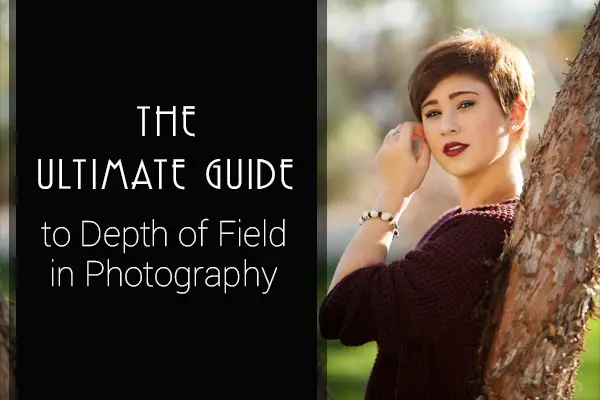
Your fstop is how big the hole that lets the light in is. The smaller the number, the bigger the hole, so at f32, the hole is a tiny pinhole and at 1.2 it’s pretty gosh darned huge. . It lets you determine what in your picture is sharp and what isn’t…it draws focus to what you find important about the picture.
It can go from as low as 1.0 to as high as 32, and the higher the number, the more depth you get, so at f22 or so, your picture is completely sharp from front to wayyyy back, like this shot at the Anthem Park in Arizona. The water really close to me is sharp, the trees in the middle, the tower, even the rainbow are all tack sharp, and I would imagine that if I were able to see that elusive pot of gold, it would be just as sharp as well.
I like to have a large depth of field for my scenic pictures, where the scene itself is important, but remember that every number, from 1.4 to 2.8 to 4 to 5.6 to 8, to 11 to 16 to 22 to 32 will deduct one full stop of light availability, so you have to use a longer exposure or a higher ISO or both to allow enough light to fall on your “film” to properly expose your shot.
The length of your lens also determines how much depth of field you get. A short lens, like a fisheye up to 20mm is always at least “medium sharp”, depending on your fstop, while say, anything above a medium length 50mm lens will start showing the difference right away, and a 200 mm lens set at 2.8 will make a person’s eyelashes sharp and eyebrows just a tad furry.
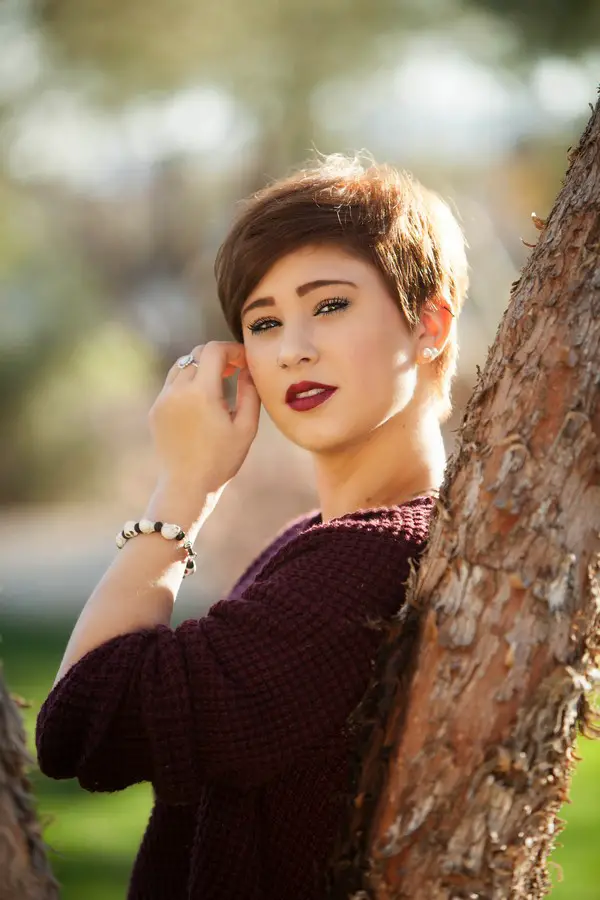
This shot of Julia was done with a 200 mm lens at 2.8, which is my preferred setting for single people. It’s my signature look, and I love it because when I focus only on her eyes, making the eyelashes really sharp, and then everything else just kind of fades away, then the whole shot just draws the viewer into her own personal story.
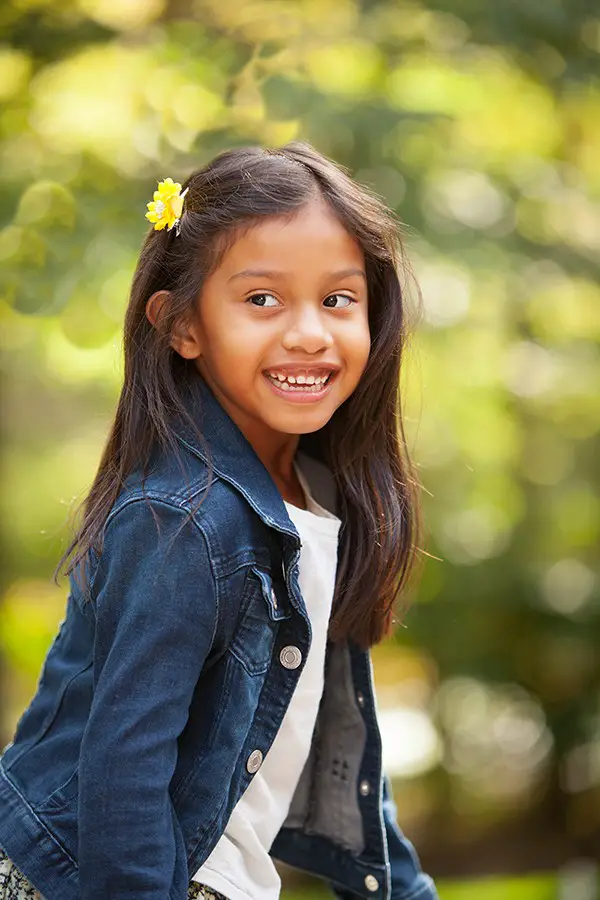
Fake Bokeh? No Way!
To make the bokeh behind lovely little Ava, put your model a good ten-fifteen feet in front of patchy trees or flowers, with the sun behind her, streaming through the trees with a long lens, around 200, and an fstop of 2.8. You can even make your own bokeh effects this way. Focus on something close to you, like 5-6 feet away, then keep your finger halfway down on the shutter (it will maintain focus in front and still allow you to shoot the picture in auto focus mode) and move your lens to flowers or people or white or colored lights; anything in the near-ish distance that catches your eye and take the shot. Instant custom bokeh!
Now, for families or anything that you shoot that has more distance than a few inches, a safe fstop is f8.
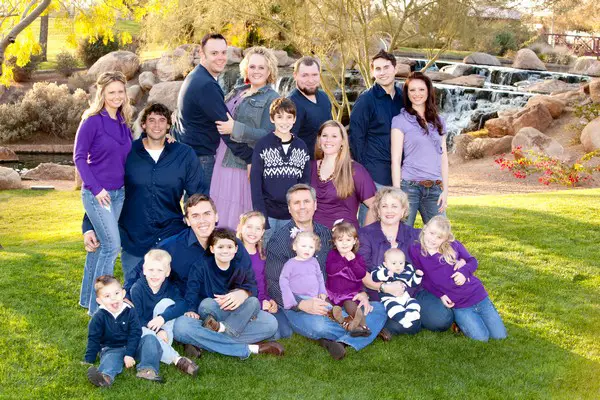
I took this shot of the West Family, all 20 of them using an f stop of 11, just because it was bright enough so that I didn’t have to slow down my shutter speed, to make sure, since they were in three rows, and because I’m really such a stickler for being able to count everyone’s eyelashes. If you’re going between shooting large families at f8 and above and their individual members at f2.8, make sure that you change the fstop every single time, otherwise you’ll have a lot of out of focus people.
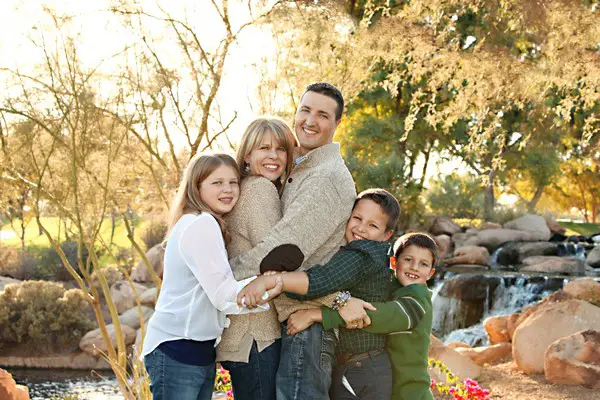
Just to give you an idea of camera lens length and the appearance of fstop, I shot the Almog family here at f2.8…they were all on a plane, so all of their faces were stayed in focus, but they wanted a horizontal shot, so I pulled back my lens to 70mm, and the background looks just slightly out of focus.
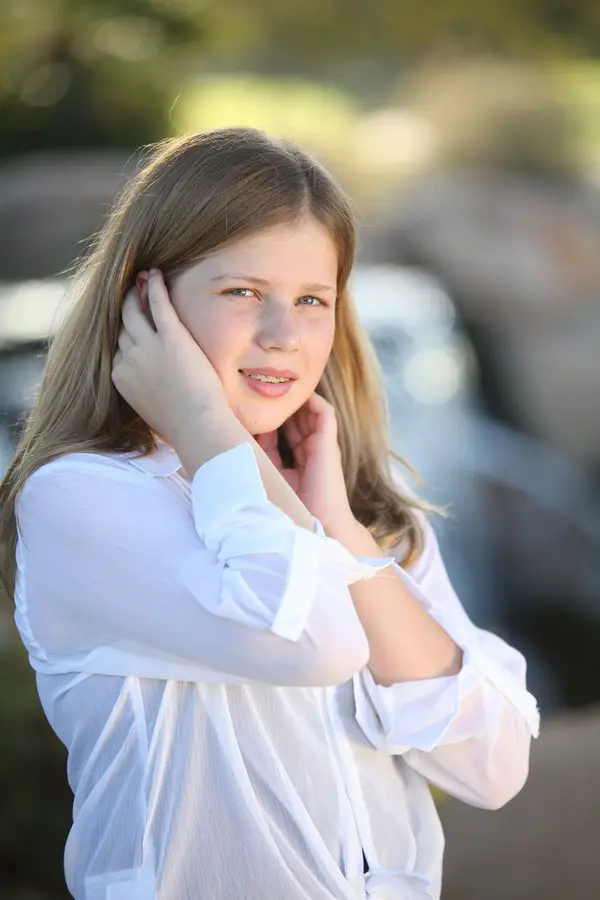
Then I shot their daughter in the exact same location, zooming my 70-200 lens in to 200 and the background is all blurred out. You usually won’t get that much blur at any fstop greater than 4, and the cost of the f4 lenses as compared to lenses that open to f2.8 put a punctuation mark on that fact. In my opinion, the sharper the subject and the more out of focus the background, the cooler the photo looks, and, well, there is a price tag on cool. Just look at me. I’m expensive.
Send me your thoughts on mastering fstop at [email protected] and I’ll go over them with you. Let’s get better together!









Beneficial post. I learn so many from this post. Thanks for sharing such kind of guide.